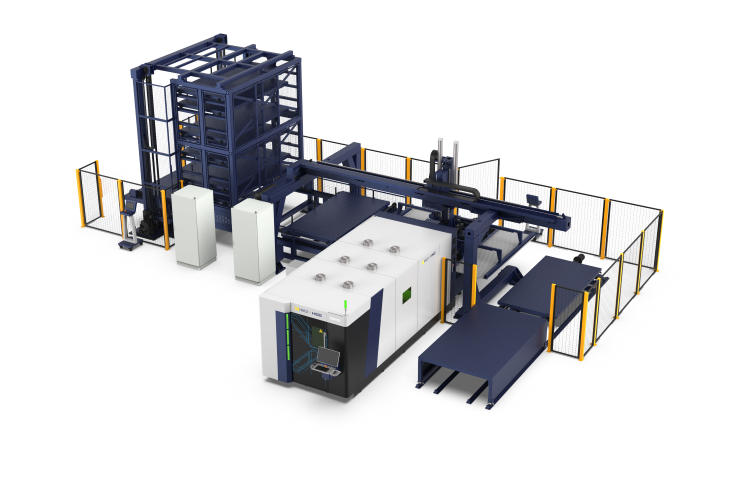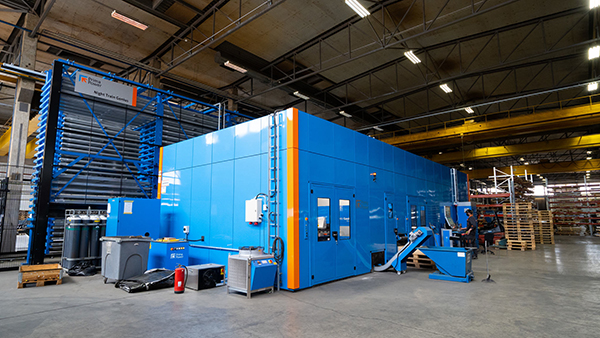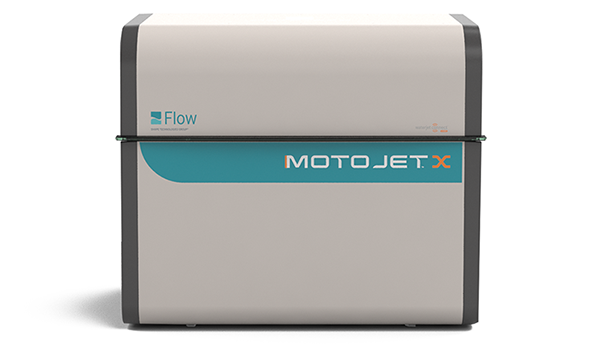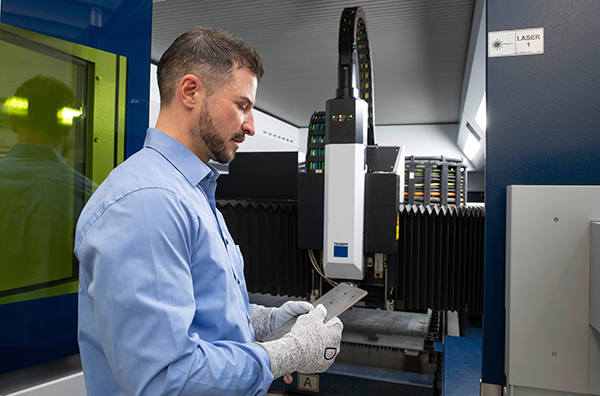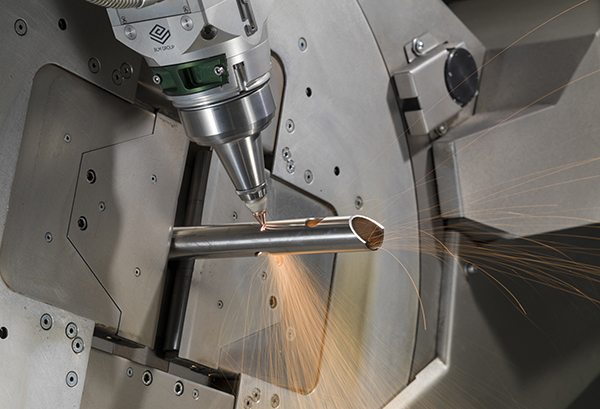HACO and HSG have confirmed their strategic partnership with an agreement for the exclusive distribution of HACO-HSG fibre lasers in the French and Benelux markets.
Metal profiling is developing rapidly, resulting in a global shift in the industry towards fibre laser-cutting technology.
“The use of fibre lasers for profiling metal results in a spectacular reduction in overall cycle time for industrial companies,” says Andy Raedt, product manager at HACO. “Fibre-laser technology is developing at a fast pace, with newly developed machines being introduced to the market many times a year.”
HSG, with headquarters in Foshan, China, is a pioneer in the development and production of high-quality fibre laser cutting machines. Since its foundation in 2006, the company has grown globally and now has more than 1500 employees. HSG has multiple dedicated R&D centres in China and Japan focusing on bringing the latest technology to the market and meeting demand for more flexibility, speed and power. Today, HSG offers a complete series of fibre-laser machines, from flat-bed lasers and combination machines, up to a range of tube lasers with bevel-cutting head and integrated automation.
“The synergy in this partnership lays in the combination of HSG’s high-quality fibre lasers and the extensive sales and service network of HACO in the French and Benelux markets,” says Angelo Steen, commercial director at HACO. “With over 15,000 metalworking machines installed over the years in these countries, we’ve developed a solid network of local teams.”
In the past few years, HACO has installed dozens of fibre laser cutting machines with HSG technology under the HACO brand. With this partnership, newly installed fibre-laser cutters will be delivered under the joint brand of HACO-HSG.
For further information www.haco.com






